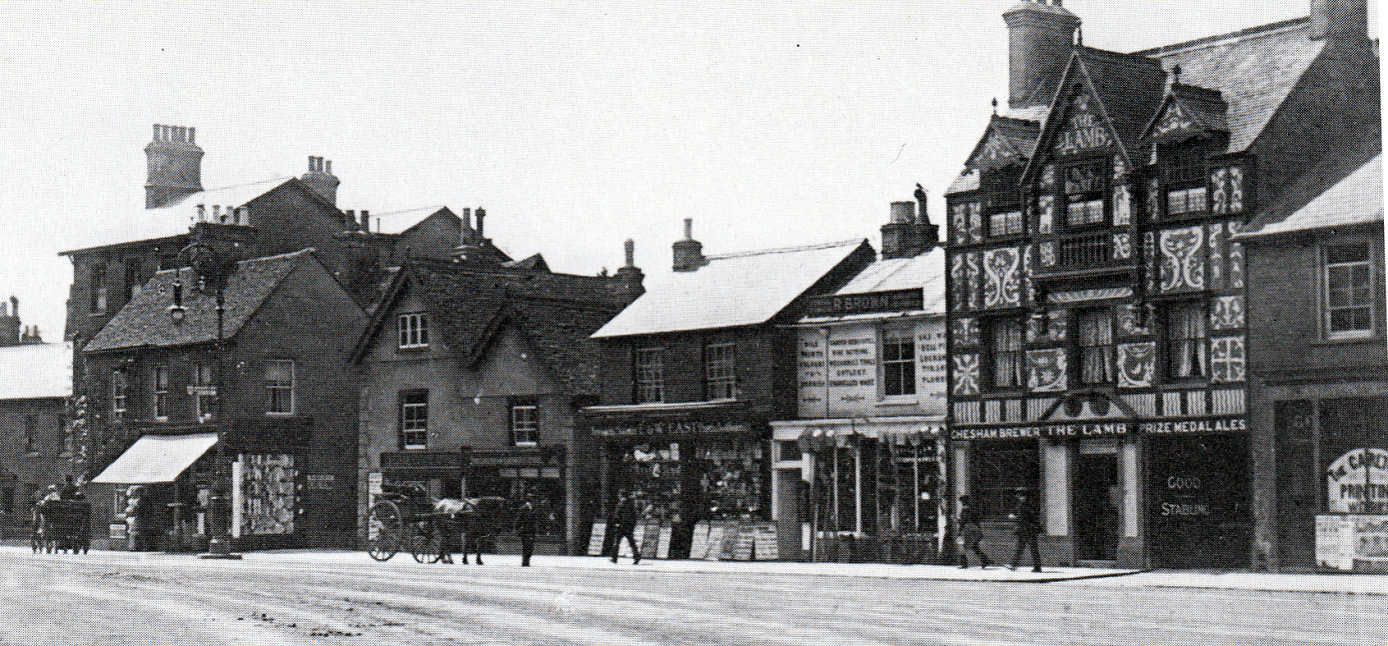Another old shop I remember is an outfitters opposite the bottom of Station Road, called ‘Tree’s’. (House of Tree) I remember it particularly well because whenever my mother visited the place, to spend her precious wartime clothing coupons, I would be told to sit quietly in a seat by the counter until she had completed her selection and fitting.
Tree’s was equipped with one of those vacuum-pressure Lamsen tubes into which a sort of ‘mini-torpedo’ containing the customer’s money payment was put, along with the invoice, to be whisked away into the bowels of the establishment for processing. Shortly afterwards, heralded by a terrifying whooshing, the returning container would crash back into the counter terminal with a mighty bang and jangling of small change. It used to terrify me but I had to remain glued to my chair as instructed until my mother returned.
In the meantime, each satisfied customer precipitated this terrifying activity with its inevitable, accompanying personal nightmare. I don’t think I have ever really got over it, as even now the sound of a roaring Lamsen tube, much like the sound of an air-raid siren, still makes my hair stand on end!
I seem to remember that the Co-op had those overhead wires that carried little brass-bound, turned wooden containers full of customers’ payments or returned change. Operated by a handle pulled down by the sales assistant, it sent the container whizzing across the ceiling to the cashier.
A technically enchanting and overtly benign system that was unlikely to alarm horses or terrify small children – unlike the dreaded Lamsen tube in Tree’s emporium! [nb from local historian Keith Fletcher: “That was called “a rapid cash transfer system” and they were quite common in department stores built in the 1920’s and 1930’s. The one he recalls was spring loaded but there was also a pneumatic system which fired the monies from the cash desk up to the office above.”]
There was a sort of access yard alongside Tree’s, on the corner of which and against the shop, was a large pudding stone. No doubt it disappeared when the area was developed in a later period. In fact there used to be a few significant pudding stones in the town, in addition to those incorporated in St Mary’s Church, but I imagine they have all disappeared now. In this pragmatic day and age they no longer hold the mystical attraction they once possessed and which had doubtless ensured they remained undisturbed for fear that no good would come from tampering with them.






